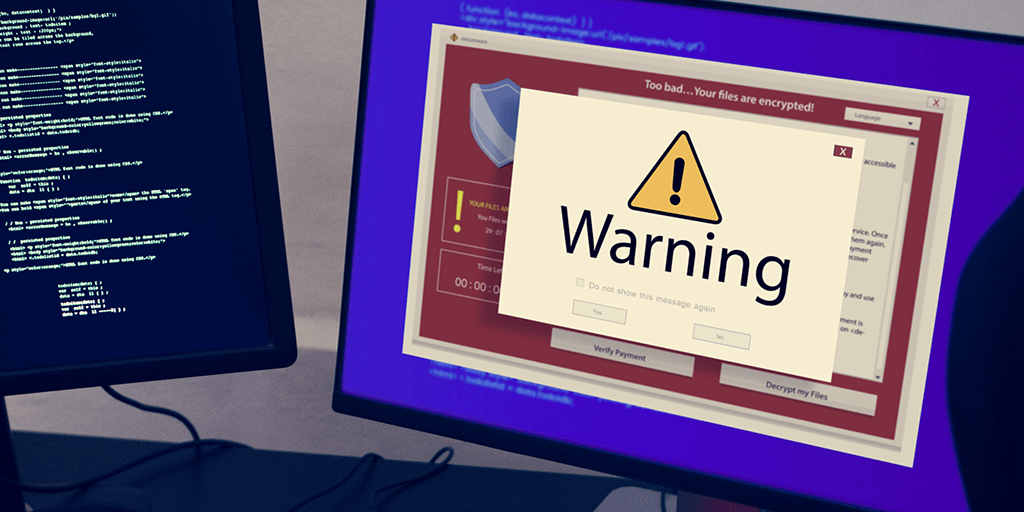When our inboxes are overloaded with messages, it can be so easy just to click open on every email without really looking. However, when a suspicious message comes through; how can you make sure you do the right thing? Furthermore, how can you stay vigilant so know what to look for and don’t suffer at the hands of scammers?
Do: Check the attachment file name
While you should never open an attachment from a source you don’t know, you can check whether a file may be dangerous by its file extension name. If the file attachment ends with ‘.exe’ is it Windows program and shouldn’t be opened. Other dangerous file extensions can include .msi, .reg, .jar. However, the rule of thumb is if you don’t know the sender and the file they are sending, don’t open it.
Don’t: Put in a password on unusually encrypted files
Scammers know that a way to get around sending dangerous attachments is by making them password protected so that antivirus software will not scan the file. If an unknown source has sent you an unknown attachment with a password, it could be malware.
Do: Check the sender
Remember that even senders you know could have had their account hacked. So, if you spot a suspicious looking attachment, it may be worth asking the person if they sent you an attachment. This way they’ll know if their account has been hacked and their computer is infected.
Don’t: Follow instructions
Spam emails can be incredibly effective at causing panic and stress leading you to follow their instructions such as wiring money to help someone you know. This is often a phishing scam. Before panicking, take time to check the email carefully for clues. If something seems off and sent from someone you know, call them first. Another common scam is attachments posing as programs from popular businesses. However, a legitimate company will never ask you to download a program from an email attachment.
Do: Check for antivirus alerts
Many antivirus services will provide a warning if they suspect the attachments or email is dangerous. If an antivirus alert pops up, it is well worth following its advice until you have more information that it is safe.
Don’t: Be trusting
When it comes to phishing, malware and dangerous attachments, it is wise to have a healthy level of suspicion. Do assume the worst and if you don’t know what it is, don’t open it.
Do: Let your IT department know
If you’re at work, tell the IT department about the incident, and they can investigate the suspicious email. If it is suspect, then your IT team will usually be able to block it as well as put the word out to the rest of your colleagues about what to do if they also receive a similar email.
Don’t: Forward to your colleagues
Many colleagues will open your attachments because they trust you. They may not have even read the warning message in your email body before opening it. Sending a suspicious email from a trustworthy account can cause the problem to escalate.
Do: Tick unsubscribe
This is a great way to scale back on your junk mail as well as get rid of any suspicious emails. Every time you receive a suspect email or an account you don’t want to hear from, unsubscribe your email address.
Don’t: Give away personal details
Do not fill in any forms that ask for personal information such as bank accounts details, passwords and security numbers. Before sending the information, ask yourself ‘why do I need to provide this information?’. You can always call the provider to find out why they need specific information.
Do: Ignore and move the email to the junk folder
The easiest thing you can do if you receive a suspicious email is to simply delete it. You can also mark the email as junk. This means that all future messages from the sender will go straight to your junk folder, so there is no risk of opening their emails.
Don’t: Click on links
Just like avoiding suspicious email attachments, do not click on links in emails either. A popular scam is to tell you your password has been hacked. The link will then take you to a log in screen which will invite you to put your details in. This is usually the scammer’s way of getting your password.
Do: Check the construction of the message
Are there lots of strange gaps in sentences, or lots of strange grammar and spelling mistakes? While some scams are incredibly believable and professional looking. Many scam emails are really poorly written, so check for anything unusual in the language or construction of the message.
Don’t: Be fooled by prizes
Another popular phishing technique is the promise of finding out if you’re a winner of a prize. These emails will often ask you to click on a link and then enter your details. Don’t be fooled by that fact you have won a competition you cannot remember entering. Legitimate companies offering prizes will contact you directly.
Do: Accept that phishing is common
It is quite easy to trust all emails and read each one without really thinking about it. However, phishing is incredibly common. It is wise to stay vigilant at all times. That said, if you do open a suspicious email, don’t worry too much; it can happen to anyone. Just make sure you put in place the appropriate steps to mitigate the risk.

